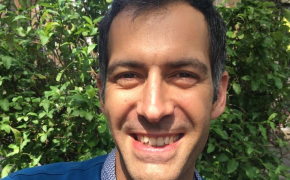It is conceived as a dynamic instrument in order to adapt urban green areas to the current social and environmental needs but also to future ones.
This GP is based on the project whose main objective was to evaluate the socio-environmental services of the urban parks, areas and indoor green spaces of Barcelona city with the aim to provide a tool for planning, management and design of urban green areas.
The city strategy in relation to green spaces is specified in the Green Areas and Biodiversity Plan 2020, which emphasizes in strength socio-environmental services. In order to accomplish this objective it was necessary to make a study about which are these socio-environmental services offered by green spaces.
The valuation of the socio-environmental services (Psychological/spiritual, Recreational, Sports, Social/connect, Urban planning, Ecological/regulation, Tourism/economy, Health) already performed includes the mean estimation of each service per Green area, the valuation of each Area per Service, and the mean value of each Green area.
A representative indicators system was used to assess socio-environmental services of green areas. The assessment was developed following these steps: 1) Indicators parameterisation, 2) Indicator-service relation, 3) Relation matrix (in each of the cells, a 1-5 weight of each indicator per service was added) , 4) Indicators value calculation per green area, 5) Service value calculation per green area.
The evaluation has been conceived as a dynamic instrument in order to adapt the urban green spaces to the current and future social and environmental needs.
Resources needed
The cost of the project was 65.000 €. More than 10 technicians were involved at different moments.
Evidence of success
The results of the project are being used by the city council in the definition of the Barcelona Green Model, which includes a review of the urban green corridors.
The project provided an assessment of global accessibility and a mean accessibility per neighbourhood, including a selection of parks with higher amount of environmental, social or patrimonial/historical services.
Also a comparative study of typologies and a mapping based in the number of ecosystem services were realized.
Potential for learning or transfer
First, considering that urban green areas show relatively low complexity, indicators and services are easily transferable to other regions. Moreover considering the Extra indicators in relation to the relevance and singularity of the city and the particular green areas
Second, it is a powerful dissemination and educational tool, as socio-environmental services are easily understandable for society.
Third, it has been already applied for the definition of the city Green Model, showing potential applications in policy-making.
Please login to see the expert opinion of this good practice.
Tags: Biodiversity, City, Green, Information








